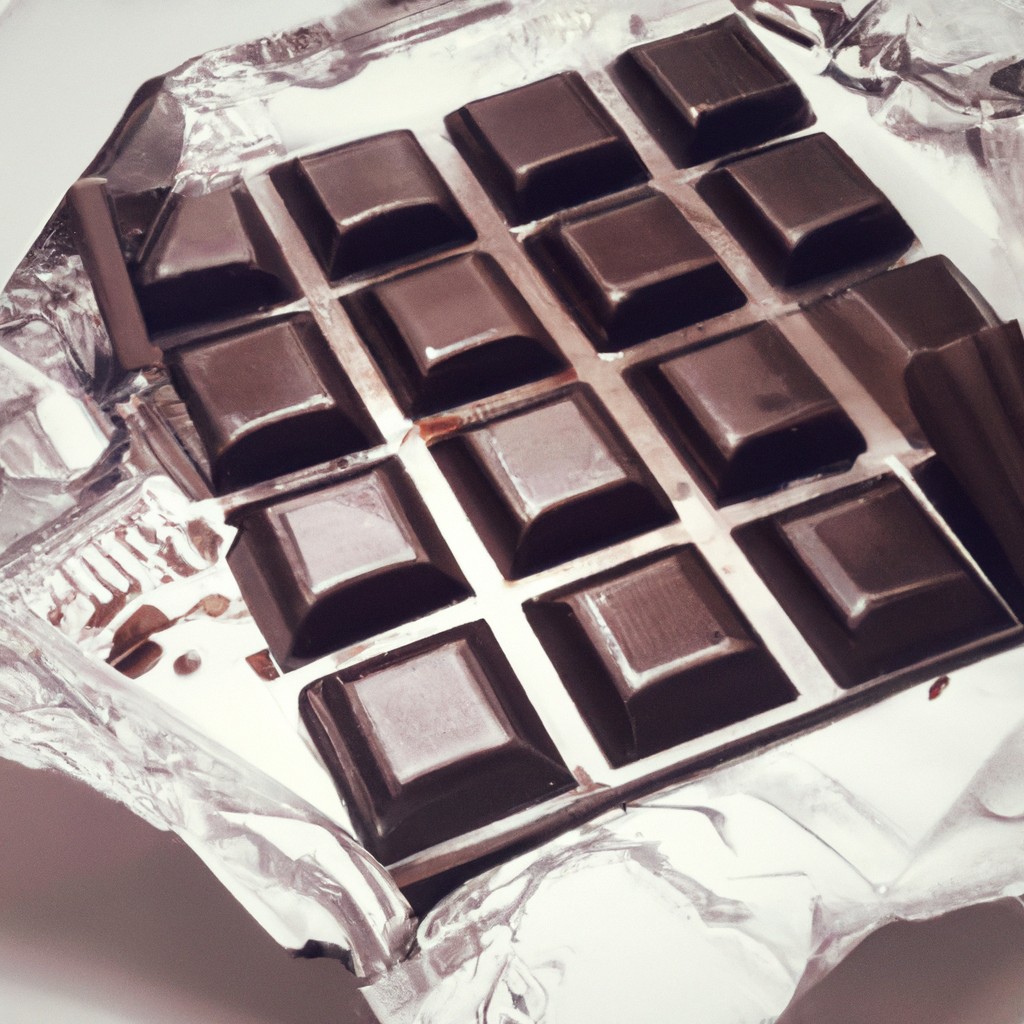This article provides a definitive answer to the query “who invented chocolate”, tracing its fascinating history right from its roots.
Key takeaways:
- Chocolate traces its roots back to the Olmec civilization in Mesoamerica.
- Cacao cultivation requires specific equatorial climate conditions.
- Cacao reached Europe in the 16th century and gained popularity with the addition of sugar.
- Innovations in the 19th century improved chocolate’s quality and taste.
- The modern chocolate industry offers diverse flavors and ethical sourcing.
Inside
Ancient Civilizations

The roots of chocolate can be traced back to the Olmec civilization in Mesoamerica around 1500 BCE, where the earliest known cacao plantations were found. They passed their knowledge of the cacao tree to the Maya, who not only consumed chocolate beverages but also revered cacao as a gift from the gods, incorporating it into their rituals and ceremonies.
The Aztecs later embraced it, but due to their inability to grow cacao in the arid highlands of central Mexico, it became a valuable commodity, with beans used as currency and in the creation of a frothy, spicy drink called “xocoatl,” reserved for the elite and warriors.
These ancient traditions laid the foundation for chocolate’s enduring cultural significance.
Farming Cacao
Cacao cultivation originated in Central and South America, with the earliest known farms dating back to 1900 BCE. The Theobroma cacao tree thrives in the equatorial climate, demanding consistent temperatures, high humidity, and abundant rainfall. These conditions are typically found within a narrow strip about 20 degrees north and south of the Equator.
Cacao farms hinge on the careful tending of cacao trees, which start bearing fruit after about four to five years. The pods, which grow directly on the trunk and older branches, are harvested by hand twice a year. Once collected, the pods are cracked open, and the pulp-covered seeds are scooped out.
The raw seeds undergo fermentation for about five to seven days, a crucial step that develops the beans’ flavor profile. After fermentation, the beans are dried under the sun, regularly turned to ensure even drying while preventing mold growth. Once dried, the beans can be stored and transported before being processed into various chocolate products.
Responsible farming practices are imperative, as they affect not only the quality of the cacao beans but also the sustainability of cacao production and the welfare of farming communities.
Spread of Cacao to Europe
Cacao reached Europe in the 16th century through Spanish conquistadors returning from the Americas. Its initial reception was mixed, largely owing to its bitter taste, unfamiliar to the European palate. However, once sugar was added, chocolate’s popularity surged.
Monasteries in Spain first housed the production of the sweetened chocolate drink, keeping the method secretive. The nobility soon developed a taste for it, with the Spanish court leading its consumption. Over time, marriages between Spanish and other European nobility helped spread chocolate across the continent.
By the 17th century, chocolate houses were emerging in France and England, becoming social hubs similar to today’s cafes. The exclusivity of chocolate began to diminish as it became more accessible to the public.
Dutch chemist Coenraad van Houten’s invention in the 19th century, the hydraulic press, lowered production costs and improved chocolate’s quality and taste. This innovation allowed for the removal of cacao butter from the cacao, creating a finer and more easily mixable cacao powder, a significant step towards solid chocolate.
Development of Modern Chocolate Products
The transformation from the bitter beverage of the ancients to the sweet chocolate bars we enjoy today began in Europe. Coenraad van Houten, a Dutch chemist, played a pivotal role in the 1820s by developing a hydraulic press that could extract the fat from cocoa beans, effectively creating cocoa powder. This process made chocolate cheaper to produce and more consistent in quality.
Chocolate’s texture was further refined when Joseph Fry discovered how to make chocolate moldable by adding back melted cacao butter. Later, in 1875, Swiss confectioner Daniel Peter, with the help of Henri Nestlé, incorporated condensed milk to create the first solid milk chocolate.
These advances set the stage for mass production. Brands like Cadbury, Nestlé, and Hershey began to emerge, each contributing innovations that shaped the manufacturing and flavor profile of chocolate. From bean-to-bar artisans to multinational brands, the march of progress in chocolate making has offered confections in countless varieties, catering to a diverse array of tastes and preferences.
Chocolate Today
The diverse world of contemporary chocolate reflects centuries of innovation and cultural exchange. With an array of flavors and forms, from luxurious, single-origin bars to inclusive vegan options, modern confectionery continues to push the boundaries.
Bean-to-bar artisans maintain a focus on ethical sourcing and sustainability, while consumer demand drives ongoing experimentation in taste and texture.
Interactive experiences like chocolate-making workshops and factory tours highlight the craft behind each sweet creation.
Advances in technology and global communication ensure that the story of chocolate will continue evolving, just as it has since its inception.




